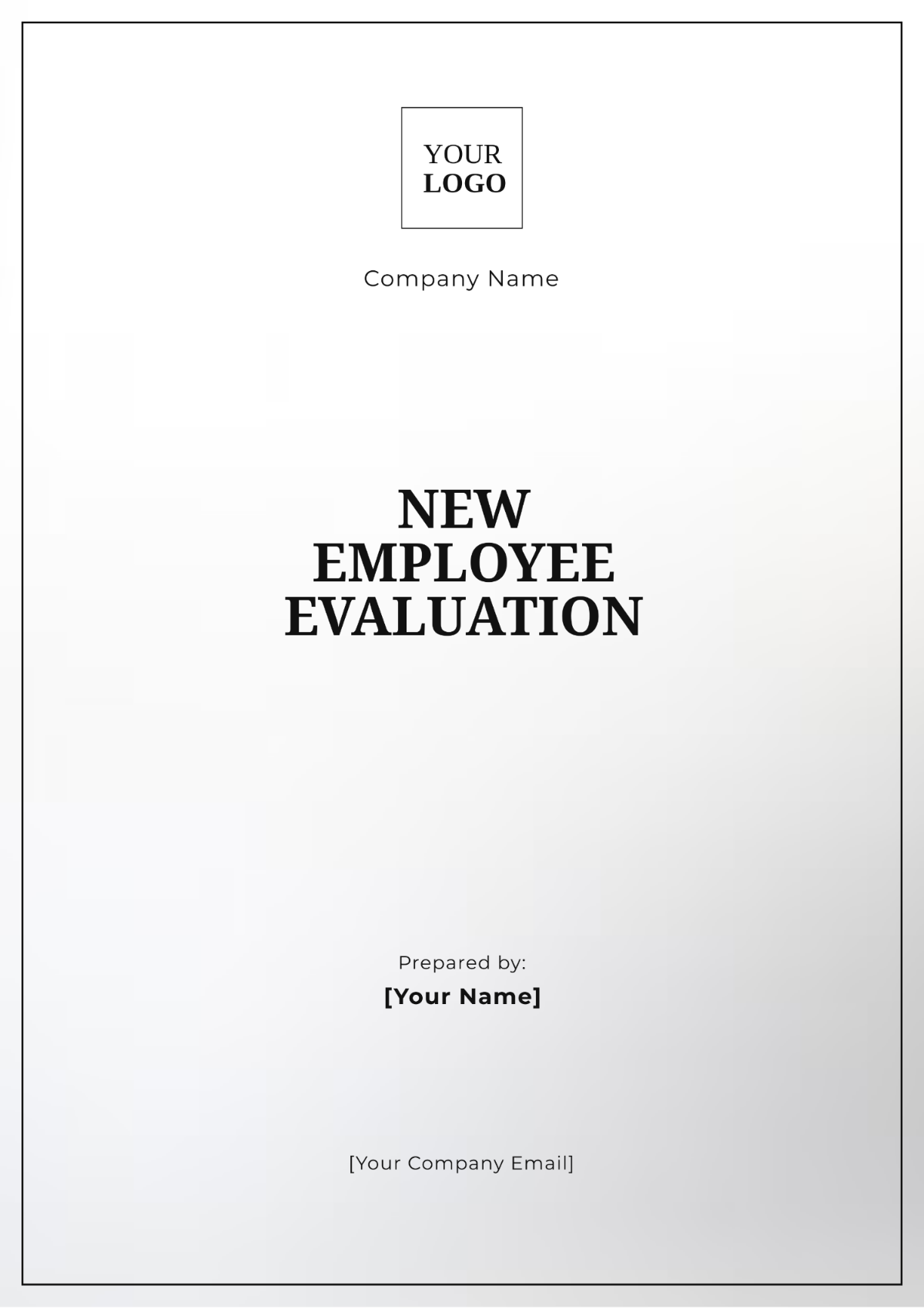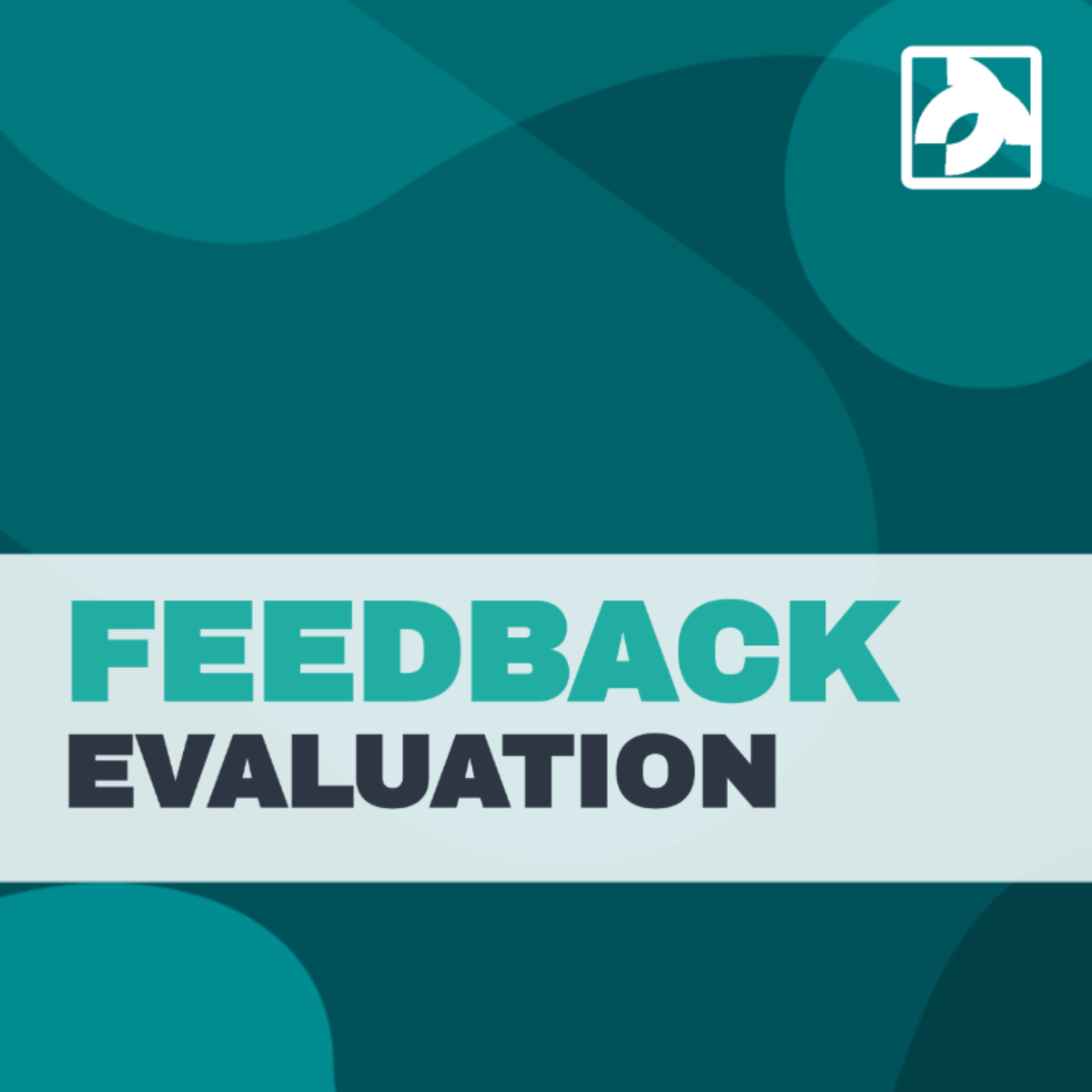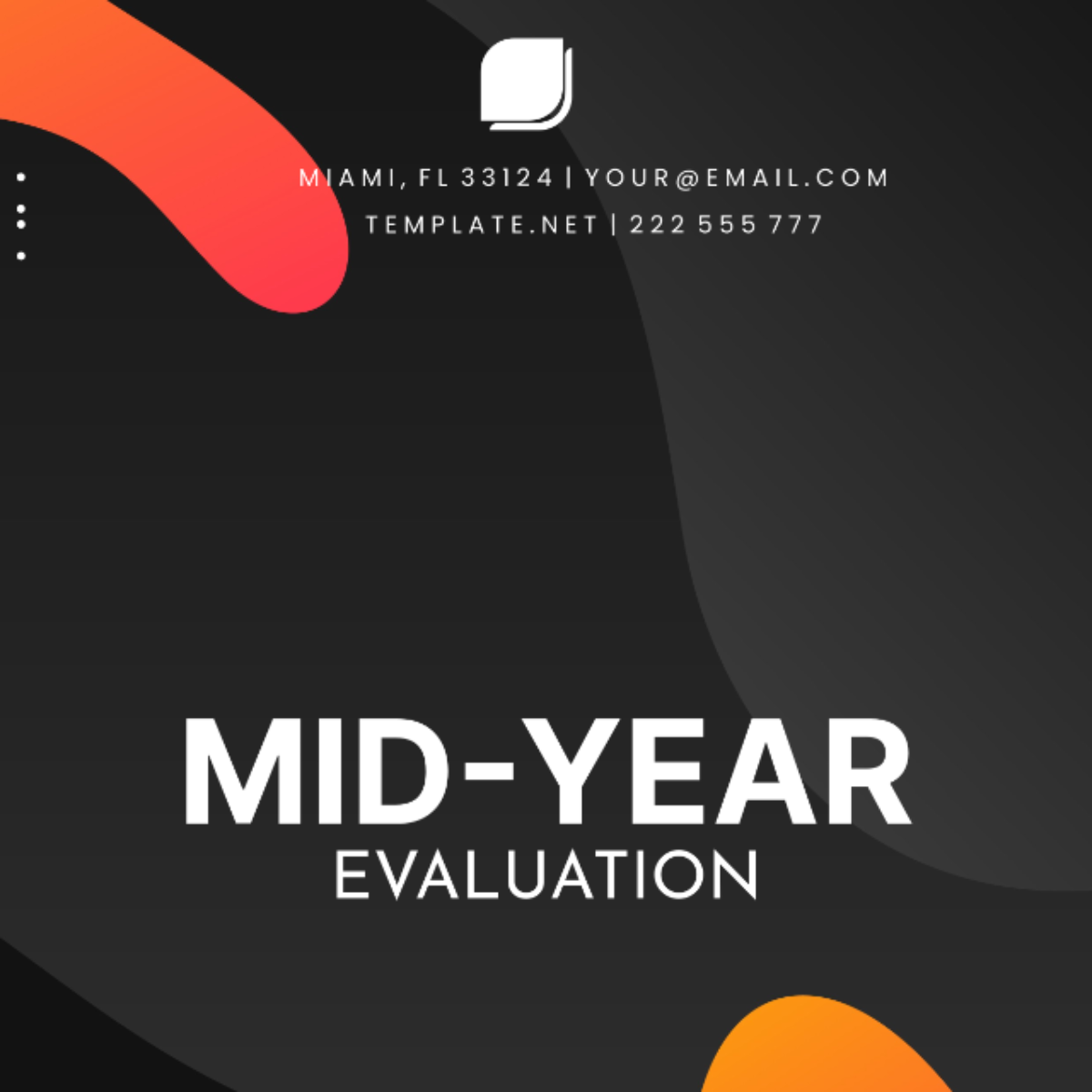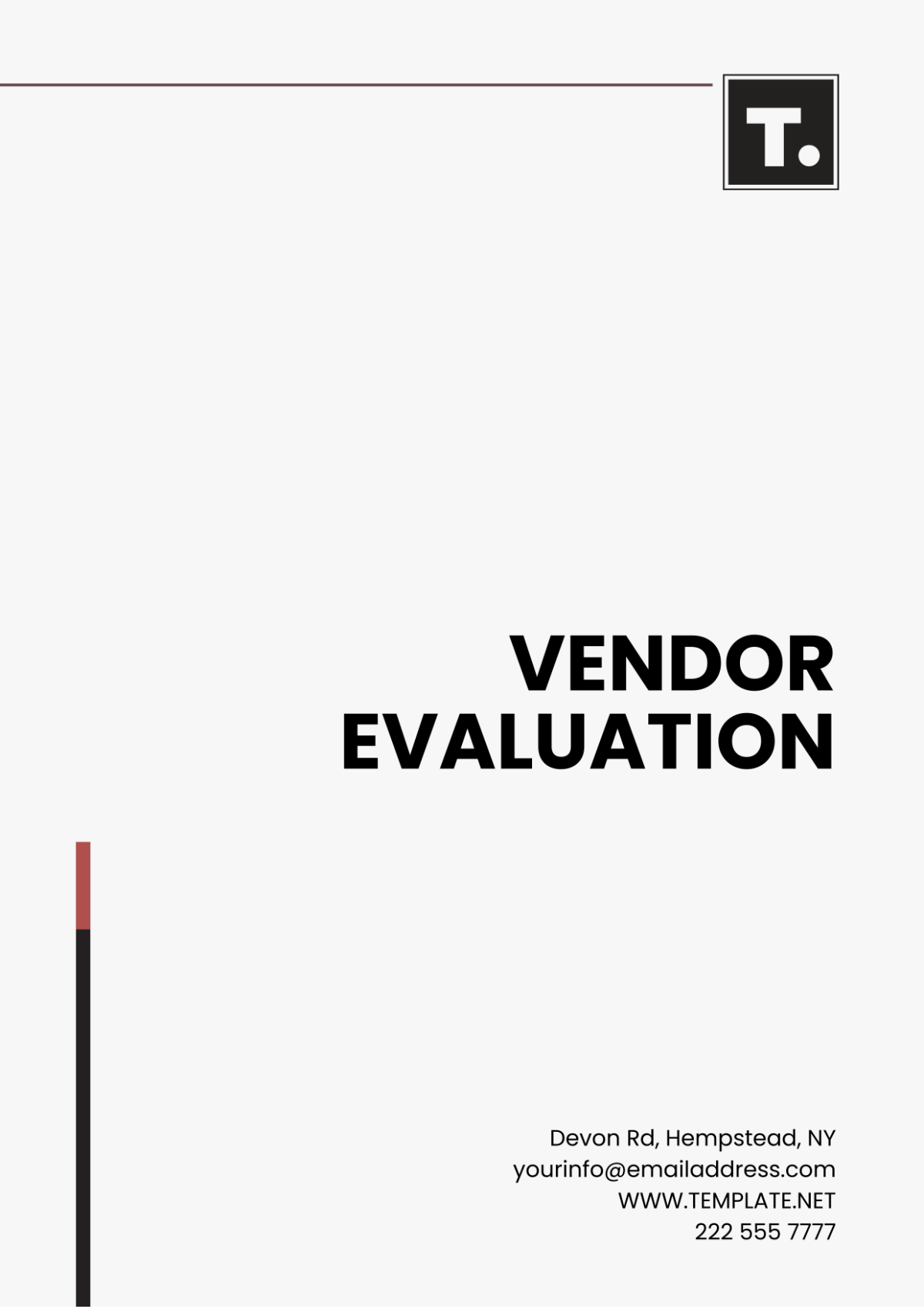Free Finance Budget Performance Evaluation Manual
Level up financial control effortlessly with our Finance Budget Performance Evaluation Manual Template from Template.net! Tailor your analysis using our editable and customizable template, seamlessly powered by the intuitive AI Editor Tool. Precision in budgeting has never been more accessible, empowering your decisions with accuracy and efficiency. Grab it now!






























